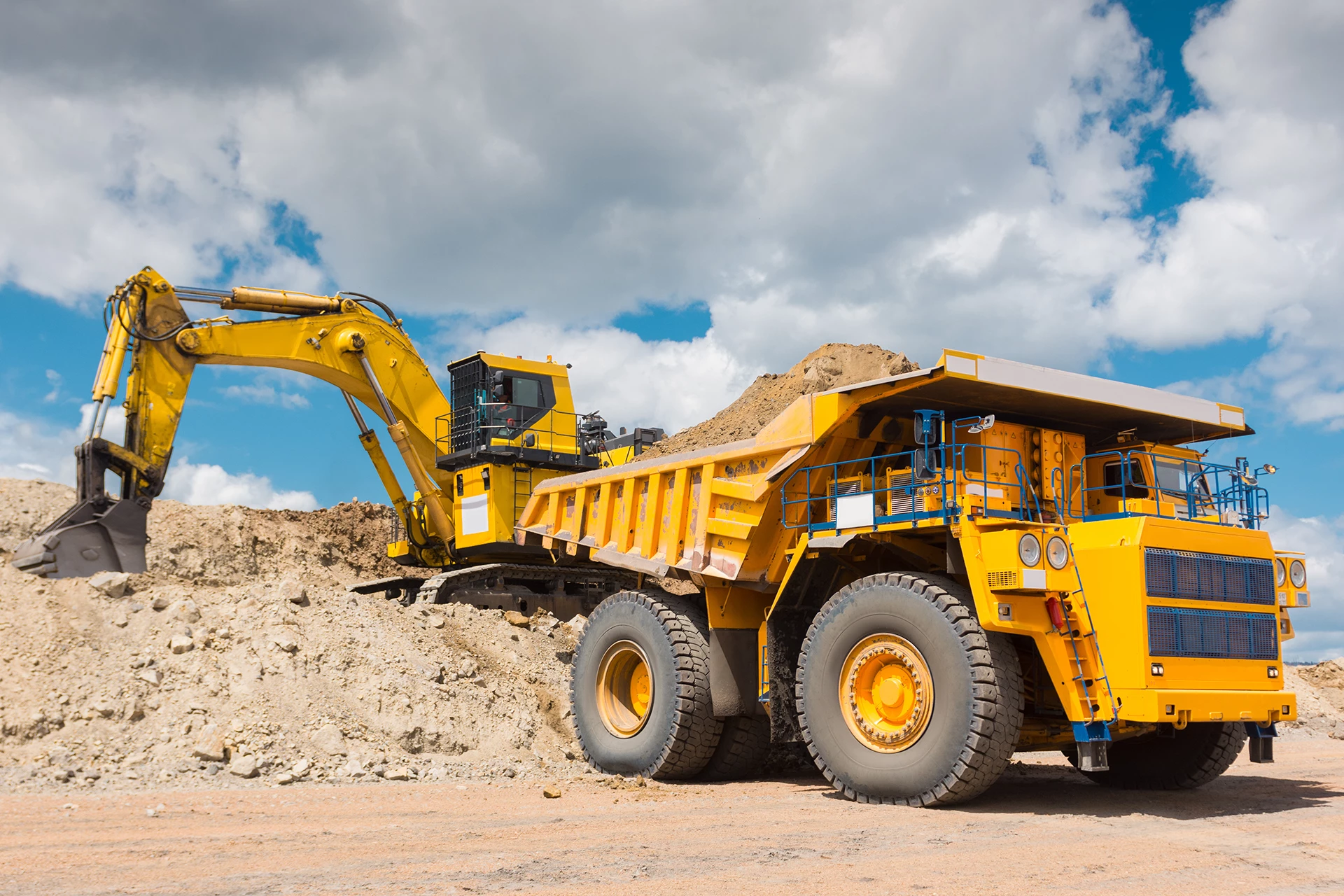Renting Vs. Acquiring Building Equipment: Making the Right Option for Your Task
When getting started on a building and construction project, one of the crucial decisions that forecast stakeholders and supervisors encounter is whether to rent or acquire building and construction tools. The choice pivots on different aspects such as cost considerations, job period, devices maintenance, threat, flexibility, and scalability management.
Expense Factors To Consider
When reviewing the financial facet of leasing versus acquiring construction tools, the upfront expenses and long-lasting costs should be very carefully taken into consideration. Leasing tools usually requires reduced first settlements contrasted to purchasing, making it an attractive alternative for temporary projects or professionals with budget restraints. Renting out removes the requirement for huge capital expenses and minimizes the monetary danger connected with equipment possession, such as maintenance and devaluation costs. Nonetheless, in the future, consistently renting tools can gather greater expenses than acquiring, particularly for prolonged jobs.
On the other hand, getting building and construction equipment involves higher ahead of time costs but can result in long-term savings, especially for lasting jobs or constant customers. Inevitably, the decision in between buying and renting out construction tools hinges on the project's period, frequency of usage, budget considerations, and lasting monetary goals.
Job Period

Alternatively, for long-term tasks or ongoing building and construction work, acquiring devices could be the more economical option. Getting equipment can result in cost savings in the future, especially if the equipment will certainly be often utilized. Moreover, having equipment gives a feeling of control over its accessibility and permits customization to fit details task needs.

Devices Maintenance
Offered the critical duty project period plays in identifying the most economical method between renting out and acquiring building equipment, the emphasis now moves towards taking a look at the crucial facet of devices maintenance. On the other hand, owning equipment needs a positive method to upkeep to stop breakdowns, make sure safety and security, and extend the devices's lifespan. Eventually, a properly maintained building equipment fleet, whether rented out or possessed, is crucial for the effective and efficient conclusion of building projects.
Flexibility and Scalability
In the realm of construction tools monitoring, the aspect of flexibility and scalability holds significant value for task performance and source usage. Opting to rent out building and construction devices offers a high level of flexibility as it allows for the fast change of tools types and quantities based on the evolving demands of a job.
Furthermore, scalability, another crucial element, is naturally connected to Going Here adaptability. Renting building and construction tools uses the advantage of easily scaling operations up or down as task demands fluctuate. Service providers can rapidly exchange or add tools to match the task's transforming needs without the restraints of possessing possessions that might become underutilized or outdated. This capacity to range sources efficiently can result in price savings and improved project timelines, making renting a beneficial option for projects requiring adaptability and responsive source appropriation.
Risk Monitoring
Efficient threat administration in construction tools operations is critical to ensuring project success and mitigating potential monetary losses. Building and construction jobs inherently entail numerous threats, such as devices malfunctions, accidents, and job hold-ups, which can significantly affect the project timeline and spending plan. By very carefully considering the dangers related to owning or leasing building and construction tools, task managers review can make informed decisions to lessen these potential dangers.
Renting out building and construction equipment can supply a degree of risk mitigation by transferring the responsibility of maintenance and repair work to the rental firm. This can decrease the monetary burden on the project owner in instance of unforeseen tools failings (construction equipment rentals). Additionally, renting out provides the flexibility to accessibility specific equipment for certain task stages, reducing the threat of possessing underutilized equipment
On the other hand, having construction equipment offers a feeling of control over its use and upkeep. Nonetheless, this also suggests bearing the full duty for repair services, upkeep prices, and depreciation, enhancing the monetary threats associated with equipment ownership. Cautious danger evaluation and factor to consider of variables such as project period, equipment application, and maintenance needs are crucial in establishing the most suitable alternative for effective risk administration in building tasks.
Conclusion
To conclude, when deciding between leasing and purchasing construction equipment, it is necessary to take into consideration expense, project duration, devices upkeep, adaptability, scalability, and threat management. Each factor plays a crucial duty in figuring out the most suitable option for the project at hand. By meticulously assessing these facets, job managers can make an educated decision that lines up with their spending plan, timeline, and total task goals.
